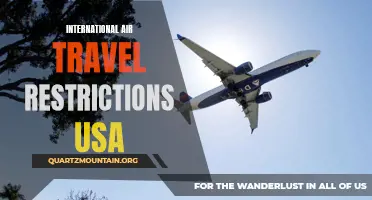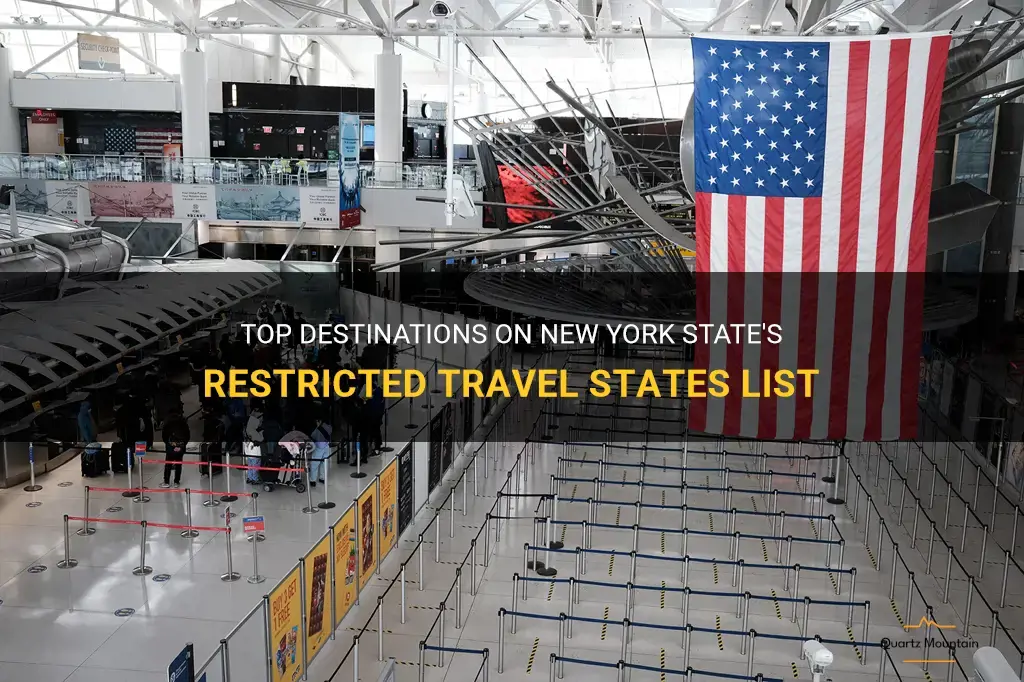
New York State's restricted travel states list has been a hot topic of discussion in recent times. With the ongoing pandemic and the need to curb the spread of the virus, the state government has been continually updating the list of states from which travelers are required to quarantine upon arrival. The restricted travel states list has become a crucial tool in controlling the transmission of COVID-19, ensuring the safety of both residents and visitors alike. From popular tourist destinations to neighboring states, the list has implications for various individuals and industries, making it a subject of great importance and interest.
What You'll Learn
- What is the New York State restricted travel states list?
- How often is the restricted travel states list updated?
- What are the criteria for a state to be added to the restricted travel list?
- Are there any exceptions or exemptions for travelers coming from restricted states?
- How is the restricted travel list enforced and what are the penalties for non-compliance?

What is the New York State restricted travel states list?
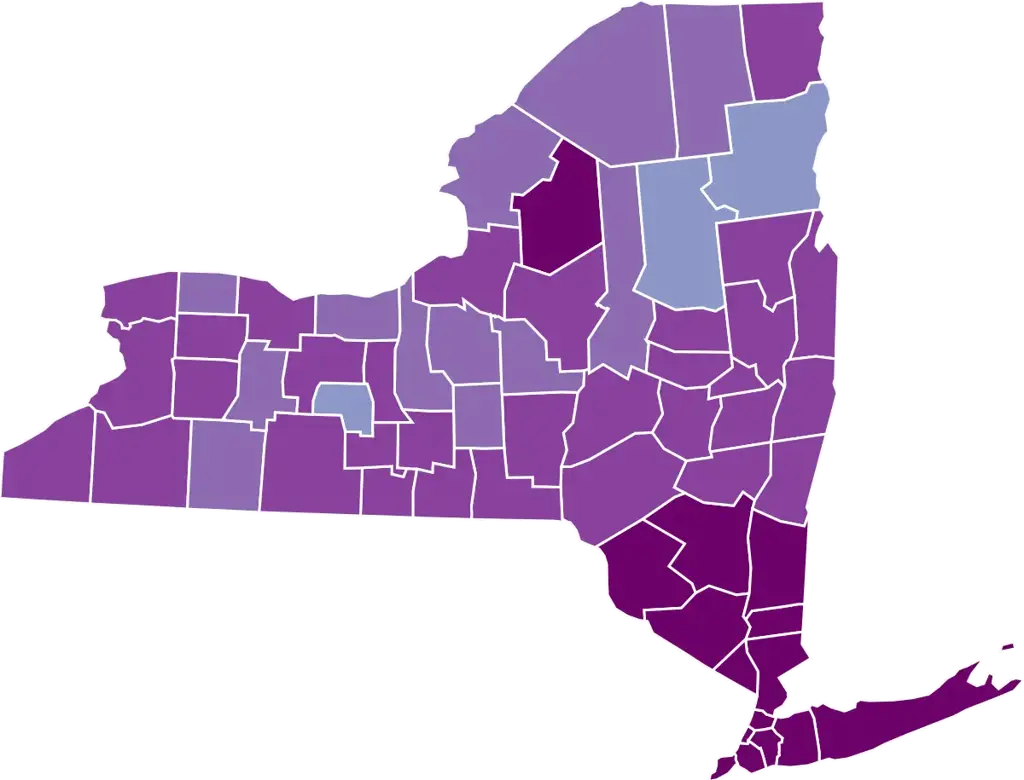
The New York State restricted travel states list refers to a list of states in the United States where individuals traveling from these states are required to self-quarantine for a period of 14 days upon arrival in New York. This list is updated regularly based on the COVID-19 infection rates in various states.
The purpose of the restricted travel states list is to prevent the spread of COVID-19 across state borders. By requiring individuals traveling from high-risk states to self-quarantine, New York State aims to reduce the transmission of the virus and protect its residents.
The criteria for inclusion on the restricted travel states list are based on a state's infection rate. If a state has an average daily COVID-19 positive test rate higher than 10 per 100,000 residents over a 7-day rolling average, or if the state has a 10% or higher positivity rate over a 7-day rolling average, it is added to the list.
The list is updated regularly to reflect the changing rates of infection in different states. States that have a high infection rate may be added to the list, while states that have successfully reduced their infection rates may be removed.
Travelers coming from restricted states are required to fill out a Traveler Health Form upon arrival in New York State. They are also required to self-quarantine for a period of 14 days, or for the duration of their visit if it is shorter than 14 days. Failure to comply with the self-quarantine requirements can result in legal penalties.
It is important to note that essential workers, such as healthcare professionals and those involved in transportation, are exempt from the self-quarantine requirements. However, they are still required to monitor their symptoms and follow the necessary health and safety protocols.
The restricted travel states list has been effective in controlling the spread of COVID-19 in New York State. By identifying high-risk areas and implementing quarantine measures for travelers from those areas, the state has been able to prevent new outbreaks and protect the health of its residents.
For example, in the early stages of the pandemic, New York State experienced a sharp increase in COVID-19 cases. However, by implementing travel restrictions and quarantine measures, as well as implementing other public health measures such as mask mandates and social distancing guidelines, the state was able to bring the infection rate under control and reduce the number of new cases.
In conclusion, the New York State restricted travel states list is a measure implemented to prevent the spread of COVID-19 across state borders. By requiring individuals traveling from high-risk states to self-quarantine, the state aims to control the transmission of the virus and protect the health of its residents. The list is regularly updated based on infection rates, and failure to comply with the self-quarantine requirements can result in legal penalties. The restricted travel states list has been effective in controlling the spread of COVID-19 and preventing new outbreaks in New York State.
Navigating Travel Restrictions at Ballad Health: What You Need to Know
You may want to see also

How often is the restricted travel states list updated?
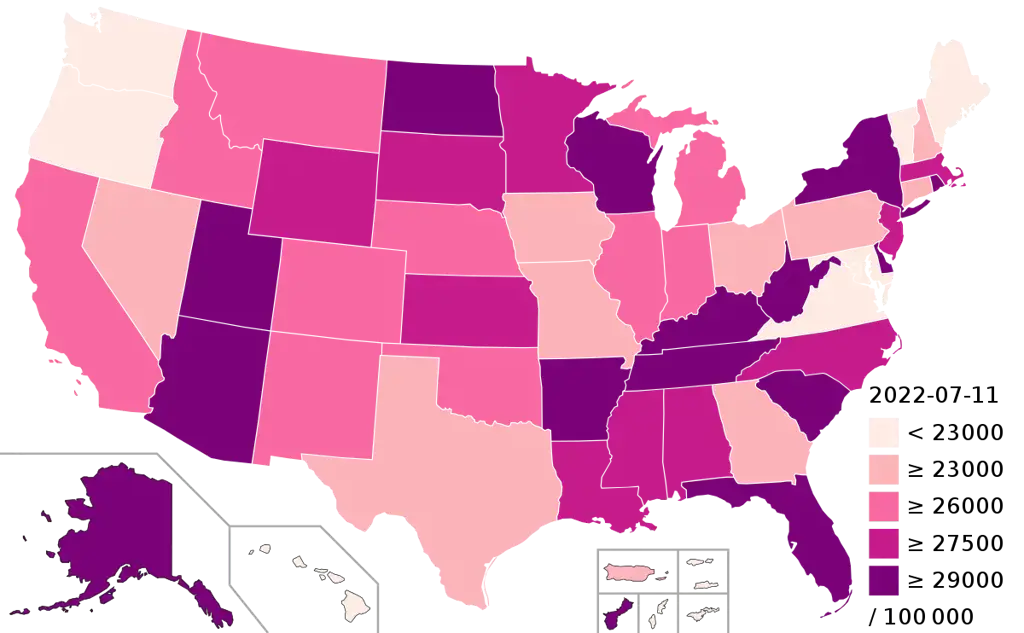
The COVID-19 pandemic has had a significant impact on international and domestic travel restrictions. To keep travelers informed and ensure their safety, many countries have implemented restricted travel states lists. These lists provide up-to-date information on countries or regions with high transmission rates or new COVID-19 variants. But how often are these restricted travel states lists updated? Let's dive into the details.
The frequency of updating restricted travel states lists can vary from country to country. In general, most countries aim to update these lists regularly to reflect the evolving nature of the pandemic. This ensures that travel advisories align with the latest scientific and epidemiological information.
Several factors influence the frequency of updates. First and foremost is the global and local COVID-19 situation. If there is a surge in cases or the emergence of new variants in certain countries or regions, travel restrictions may need to be updated more frequently. Additionally, the availability of reliable data and the capacity to assess the risk in different areas can also impact the frequency of updates.
Many countries update their restricted travel states lists on a weekly basis. This allows them to account for any changes in the epidemiological situation and adjust travel advisories accordingly. For example, the Centers for Disease Control and Prevention (CDC) in the United States updates its travel health notices every Friday. This regular updating schedule ensures that travelers have access to the most recent information before making any travel plans.
In addition to weekly updates, some countries may issue immediate travel advisories in response to sudden developments. For instance, if a new variant of concern is detected in a particular country, travel restrictions may be imposed or tightened immediately to prevent its spread. These immediate updates help ensure that travelers are aware of any emerging risks and can adjust their plans accordingly.
It is important for travelers to stay informed about the frequency of updates to restricted travel states lists. They should regularly check official government websites or trusted sources of information for the latest travel advisories. Additionally, travelers should consider signing up for travel alerts or notifications from their government or relevant authorities to stay updated in real-time.
To illustrate the importance of staying informed, let's consider an example. Suppose a traveler plans to visit Country A and checks the restricted travel states list a month in advance. At that time, the list does not include Country A. However, due to a sudden spike in cases, Country A is added to the restricted travel states list a week before the traveler's departure. If the traveler fails to stay updated on the latest travel advisories, they may face unexpected travel restrictions upon arrival or even be denied entry.
In conclusion, the frequency of updating restricted travel states lists varies from country to country. Generally, most countries aim to update these lists on a weekly basis to reflect the evolving COVID-19 situation. However, immediate updates may also be issued in response to sudden developments or emerging risks. Travelers should stay informed about the frequency of updates and regularly check official sources for the latest travel advisories to ensure a safe and smooth journey.
CDC Imposes Travel Restrictions for Puerto Rico Due to Covid-19 Surge
You may want to see also

What are the criteria for a state to be added to the restricted travel list?
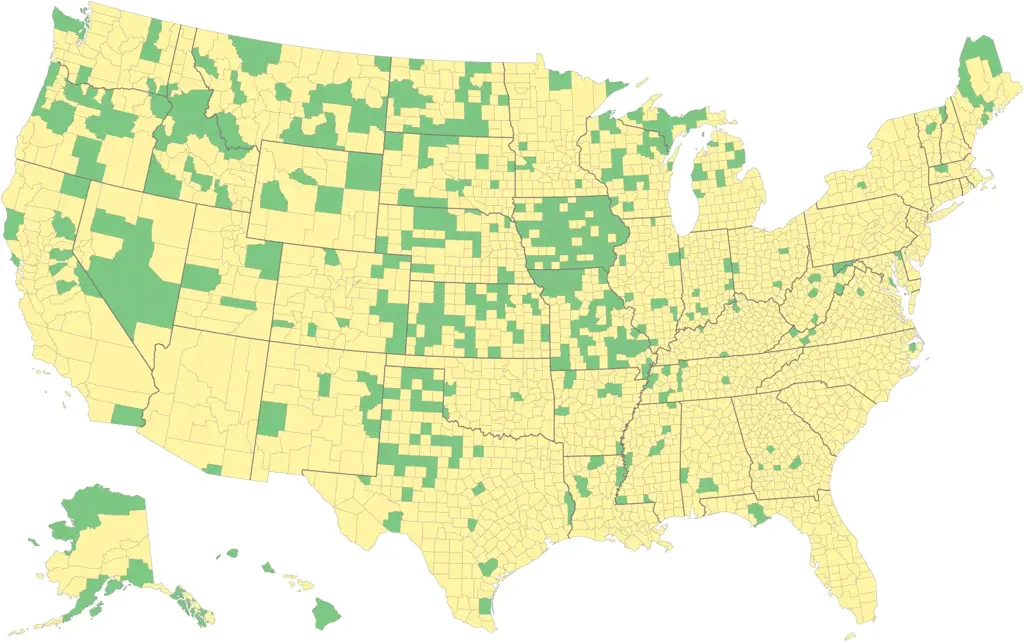
The world is facing a global pandemic caused by the novel coronavirus, and travel restrictions have become a common measure to contain its spread. Many countries have implemented restricted travel lists that include states or regions with high infection rates. But what are the criteria for a state to be added to such a list? In this article, we will explore the scientific, experience-based criteria, and step-by-step process for adding a state to a restricted travel list.
Firstly, scientific criteria play a crucial role in determining whether a state should be added to a restricted travel list. These criteria are based on epidemiological factors such as the number of new daily cases, the rate of virus transmission, and the percentage of the population infected. Health authorities closely monitor these indicators to assess the risk level in different states.
For example, if a state reports a significant increase in new daily cases, especially when the infection rate surpasses a certain threshold, it becomes a strong candidate for inclusion in the restricted travel list. Additionally, if a state has a high percentage of positive cases among those tested or a sudden surge in hospitalizations and deaths due to COVID-19, it may also warrant being added to the list.
Experience-based criteria also play a crucial role in determining whether a state should be added to a restricted travel list. Health authorities analyze the experiences of other countries or regions that have successfully contained the virus to identify patterns. If a state shares similar characteristics with those that have experienced outbreaks or transmission clusters, it may be added to the restricted travel list as a precautionary measure.
For instance, if a state has inadequate testing and contact tracing capacities or if there have been documented instances of large gatherings or non-compliance with safety measures, it may increase the likelihood of being added to the restricted travel list. Lessons learned from other states' experiences can provide valuable insights into effective containment strategies and help authorities decide which states should be added to the list.
The process of adding a state to the restricted travel list typically involves several steps. Firstly, health authorities continuously monitor the epidemiological data of different states to identify any concerning trends or outbreaks. This data includes daily case counts, hospital admissions, testing rates, and other key indicators.
Once a state meets the predefined criteria for inclusion, health authorities convene to review the data and assess the risk. They consider factors such as the state's healthcare infrastructure, testing capacity, and ability to enforce safety protocols. Authorities may also consult with experts in infectious diseases, public health, and epidemiology to gain additional perspectives.
Based on the assessment, health authorities make a recommendation to the relevant government agencies responsible for implementing travel restrictions. The final decision to add a state to the restricted travel list is usually made by the government after considering the economic and social implications of such a measure.
For example, if a state is found to have high infection rates, strained healthcare resources, and inadequate measures to control the spread, health authorities may recommend adding it to the restricted travel list. The government then evaluates the possible economic impact of restricting travel to and from that state and considers potential mitigating measures to support affected individuals and businesses.
In conclusion, the criteria for adding a state to a restricted travel list are based on scientific indicators such as the number of new cases, transmission rates, and infection percentages. Experience-based criteria from other regions' outbreak patterns and containment strategies also play a role. The step-by-step process involves continuous monitoring, assessment by health authorities, consultation with experts, and a final decision by the government. These criteria and processes aid in identifying states that pose a higher risk of spreading the virus and help governments make informed decisions to protect public health.
Montevideo Travel Restrictions: What You Need to Know
You may want to see also

Are there any exceptions or exemptions for travelers coming from restricted states?
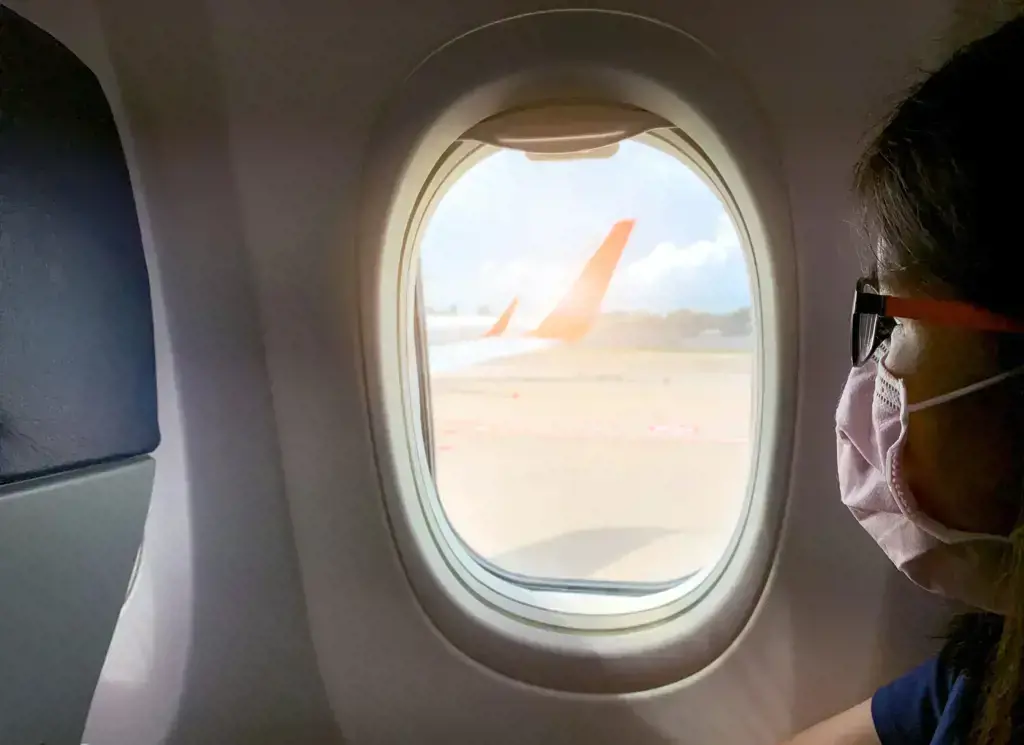
As the world grapples with the ongoing COVID-19 pandemic, many countries have put restrictions in place to limit the spread of the virus. These restrictions often include travel bans or mandatory quarantine measures for individuals coming from states or regions with high infection rates. However, there may be exceptions or exemptions for certain types of travelers in some cases. Let's take a closer look at these exceptions and exemptions.
- Essential Travelers: Many countries allow exemptions for essential travelers who are involved in critical activities such as healthcare professionals, diplomats, or essential workers in industries like food production or transportation. These individuals are often required to provide proof of their essential status and may still need to follow strict protocols such as testing or quarantine upon arrival.
- Returning Residents or Citizens: In many cases, returning residents or citizens are allowed to enter their home country, regardless of the state they are coming from. However, they may still be required to undergo testing or quarantine upon arrival to ensure they do not pose a risk to the local population.
- Medical Emergencies: In the case of medical emergencies, individuals may be granted exceptions to travel restrictions. This could include patients requiring urgent medical treatment or individuals accompanying them for support. However, it's important to note that these exceptions are typically granted on a case-by-case basis and require proper documentation to justify the need for travel.
- Transit Passengers: Some countries may allow exemptions for transit passengers who are merely passing through the restricted state or region without leaving the airport or designated transit area. However, these exemptions often come with specific conditions such as a limited layover time or requiring passengers to stay within the airport premises.
It's important to keep in mind that the exceptions or exemptions mentioned above are subject to change based on the evolving nature of the pandemic. Therefore, it is crucial for travelers to stay updated with the latest information and check with relevant authorities or embassies before planning their travel.
Examples of exceptions and exemptions can vary from country to country. For instance, Australia has strict travel restrictions in place, but the government has allowed exemptions for travelers who are immediate family members of an Australian citizen or permanent resident. These individuals must acquire a visa and undergo a mandatory quarantine period upon arrival.
Similarly, the United States has implemented travel restrictions, but there are exemptions for travelers who fall under certain categories such as U.S. citizens, lawful permanent residents, and individuals who are returning after traveling for business or humanitarian reasons.
In conclusion, while many countries have implemented travel restrictions for individuals coming from restricted states, there are exceptions and exemptions for certain types of travelers. These exemptions are often granted for essential travelers, returning residents or citizens, medical emergencies, or transit passengers. It is important for travelers to stay updated with the latest information and guidelines provided by relevant authorities to ensure compliance with the travel restrictions in place.
Exploring the New Travel Restrictions in Mendocino County: What Visitors Need to Know
You may want to see also

How is the restricted travel list enforced and what are the penalties for non-compliance?
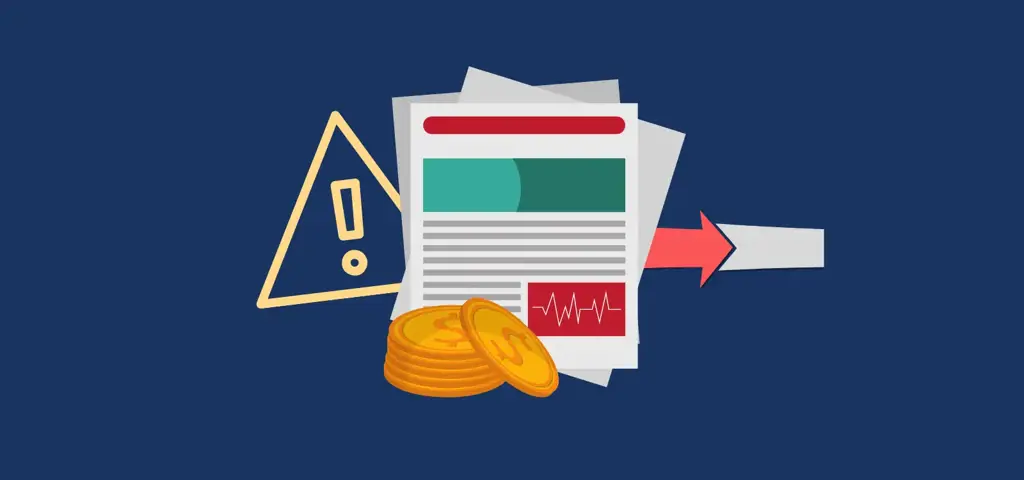
As the world continues to navigate the challenges brought forth by the COVID-19 pandemic, many countries have implemented restricted travel lists in an effort to control the spread of the virus. These restricted travel lists consist of countries or regions with high infection rates or high-risk activities. In order to enforce these lists and ensure compliance, countries have put in place various measures and penalties.
Enforcing the restricted travel list starts with implementing strict border control measures. This includes screening travelers at airports and other entry points, checking their travel history and the countries they have visited in recent weeks. In some cases, countries require travelers to present negative COVID-19 test results before entering or may even require mandatory quarantine upon arrival. These measures are designed to identify individuals coming from high-risk areas and mitigate the risk of spreading the virus.
Technology also plays a key role in enforcing the restricted travel list. Many countries have implemented digital tools such as travel apps or online registration systems that allow authorities to track and monitor travelers. These tools often require individuals to provide information about their travel history and health status, and failure to comply can result in penalties. For example, individuals who provide false information or fail to disclose their travel history may face fines or legal consequences.
Penalties for non-compliance with the restricted travel list can vary from country to country. In some cases, individuals who violate the restrictions may be denied entry and sent back to their country of origin immediately. This can result in additional travel expenses and inconvenience for the traveler. In more serious cases, individuals may face legal consequences such as fines or even imprisonment. Governments have a responsibility to protect the health and safety of their citizens, and non-compliance with travel restrictions can be seen as a threat to public health.
Examples of penalties for non-compliance can be seen around the world. In Australia, individuals who breach the travel restrictions face fines of up to $66,600 or imprisonment for up to 5 years. In Singapore, individuals who provide false information can be fined up to $10,000 or face imprisonment for up to 6 months. These examples demonstrate the seriousness with which countries take the enforcement of their restricted travel lists.
Enforcing the restricted travel list and penalizing non-compliance is crucial in controlling the spread of COVID-19. By implementing strict border control measures and utilizing technology, countries are able to closely monitor travelers and ensure compliance with the restrictions. The penalties serve as a deterrent and send a clear message that non-compliance is not acceptable. It is important for individuals to understand the restrictions and comply with them in order to protect public health and contribute to the global efforts in containing the virus.
Understanding Emirates Travel Restrictions for Electronic Gadgets When Flying from the USA to India
You may want to see also
Frequently asked questions
As of [insert date], the states currently on New York State's restricted travel list are [insert state names]. These states have been designated as having a high COVID-19 transmission rate, and travelers coming from these states to New York are required to quarantine for 14 days upon arrival.
The restricted travel list is determined based on several factors, including the number of new COVID-19 cases per day, the percentage of positive tests, and the rate of infection. It is regularly updated and states may be added or removed based on changes in the COVID-19 situation in each state.
If you travel to New York from a state on the restricted travel list, you are required to quarantine for 14 days upon arrival. This means staying in a designated quarantine location, such as your home or a hotel room, and avoiding contact with others as much as possible. Failure to comply with the quarantine requirement may result in fines or other penalties.
There is no set duration for the restricted travel list. It will remain in effect as long as there are states experiencing high COVID-19 transmission rates. The list will be regularly updated to reflect the changing situation and to ensure the safety of New York residents and visitors.
While the focus of the restricted travel list is on individuals traveling to New York, it is advised to check the travel restrictions and guidelines of the destination state before planning any trips. Some states may have their own restrictions or quarantine requirements for travelers coming from New York or other states with high COVID-19 transmission rates. It is important to stay informed and follow all necessary precautions when traveling during this time.



